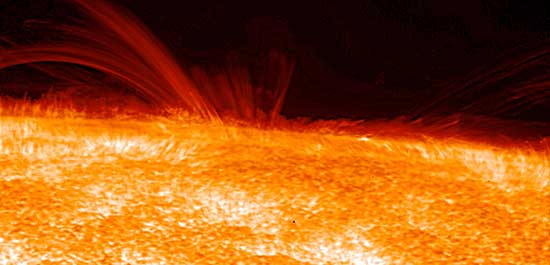What goes around, comes around? To everything (turn, turn, turn) there is a season? A wild game of Twister? This post will have us consider three different sorts of spin -- none, I hasten to add, of the political variety -- but nary a one of today's topics comes from that teaser intro. And every spin to follow is apropos of this blog.
Well? Are you intrigued?
 |
| Down a quantum rabbit hole? |
To begin, consider the quite limited -- one is tempted to say, "toy" -- nature of the few implementations to date of
quantum computers. A key obstacle: finding a way to build qubits that won't be exquisitely prone (as approaches heretofore tried have been) to
decoherence. (Decoherence is any process by which a quantum storage or computing element lapses from a state of superposition into a particular -- and hence, classical -- bit.) In plain English, qubits have been fragile.
Coupling of the spin of an electron with an external magnetic field may offer a way to make a more robust qubit. See "
Could this provide the spin control quantum computing needs? A new way of encoding information could redefine the quantum bit."



































